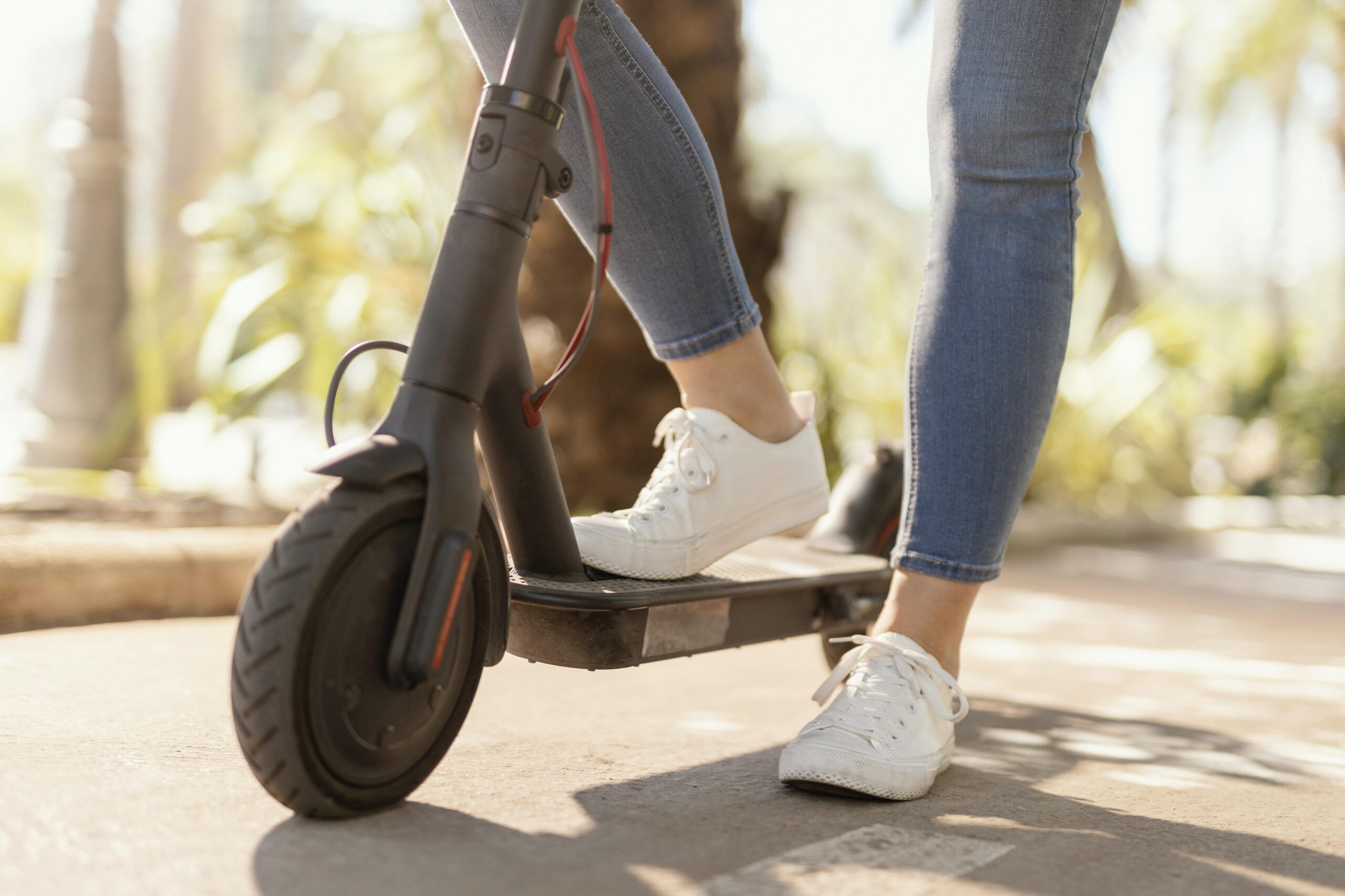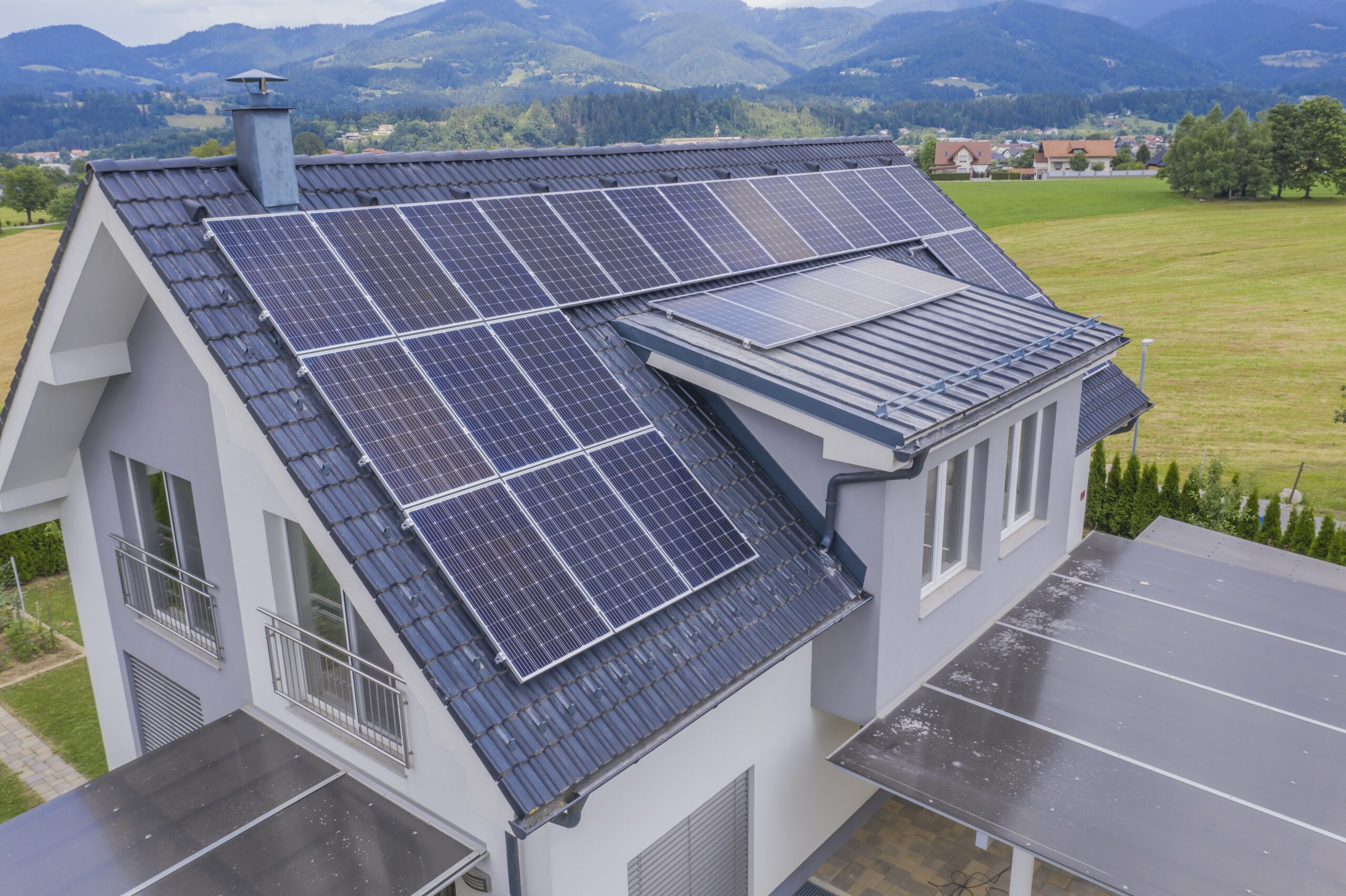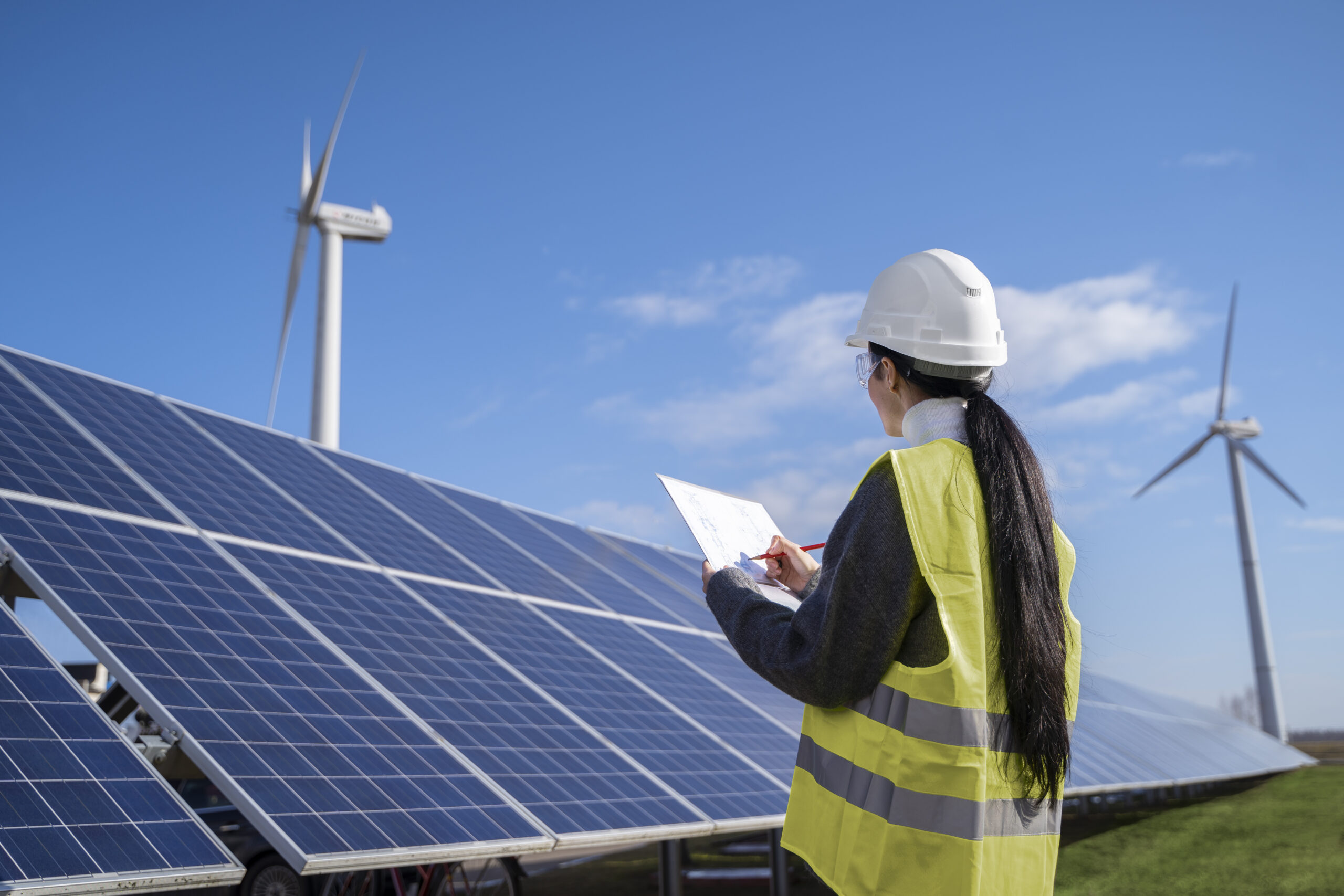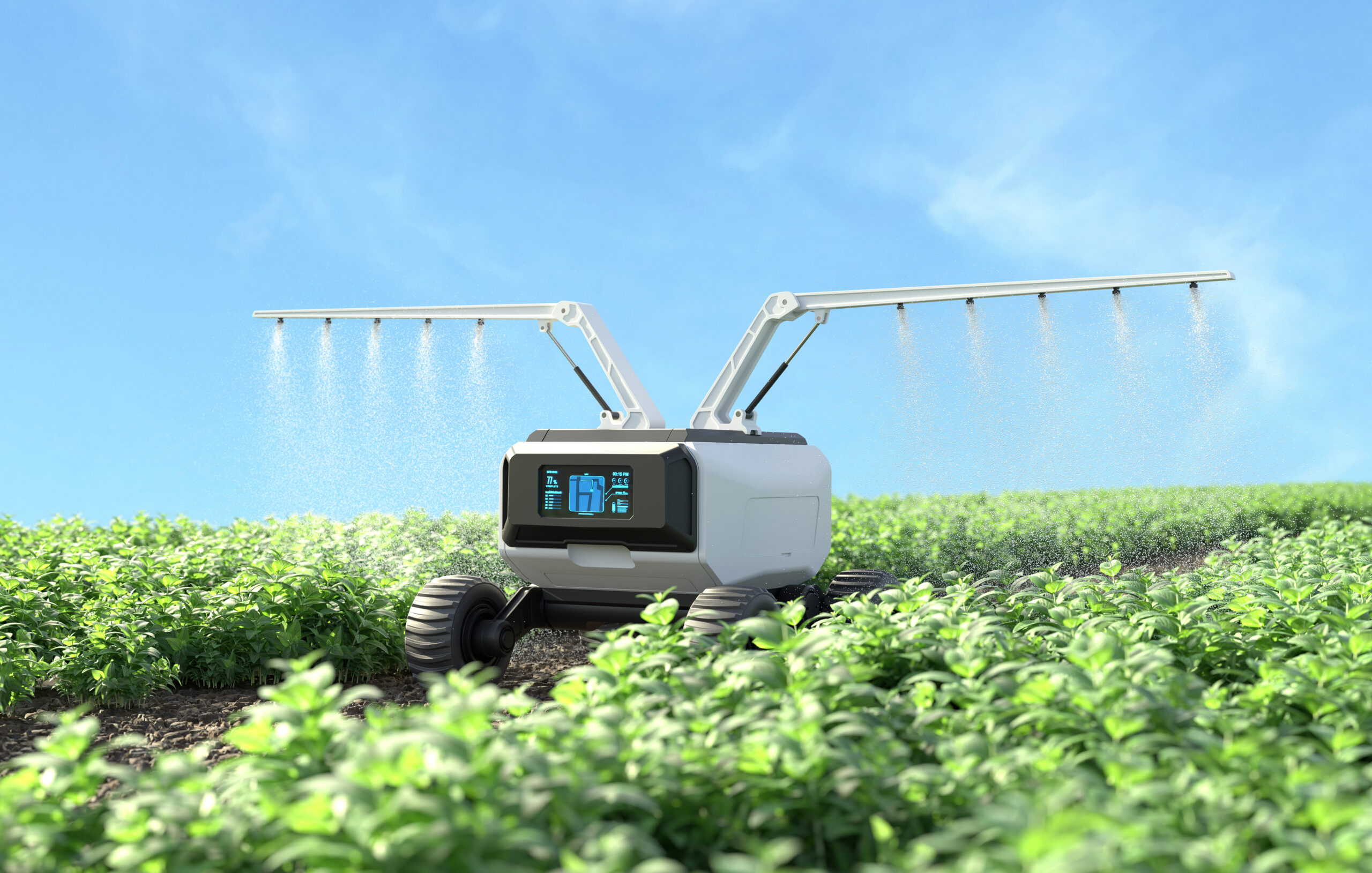The electric scooter market is growing at 9.9%, with a market size of $37.07 billion in 2023. The demand for efficient fuel alternatives and growing concerns over climate change and greenhouse gas emissions are encouraging people to adopt vehicles that are good for both the environment and their wallet. Electric scooters strike a perfect balance between ecological awareness and economic practicality.
There have been major innovations in the EV sector in recent times. Larger production of lithium-ion batteries and more efficient machine parts have made electric scooters more accessible and reliable for customers.
But choosing the perfect electric scooter can be a difficult decision. There are so many options available in the market. Today, we will go over a complete guide of things you must check before selecting an electric scooter.
Usage
The selection of a scooter highly depends on your usage preferences and how often you plan to use it. The intention behind using the scooter plays a big role in your choice. The more you’re willing to pay, the better technology you’ll get. It’s strongly advised not to go for the cheapest option—there are many scooters on the market being sold at low prices that don’t meet even the minimum quality standards and won’t last long.
Use the following guidelines to choose the perfect scooter that fits your needs.
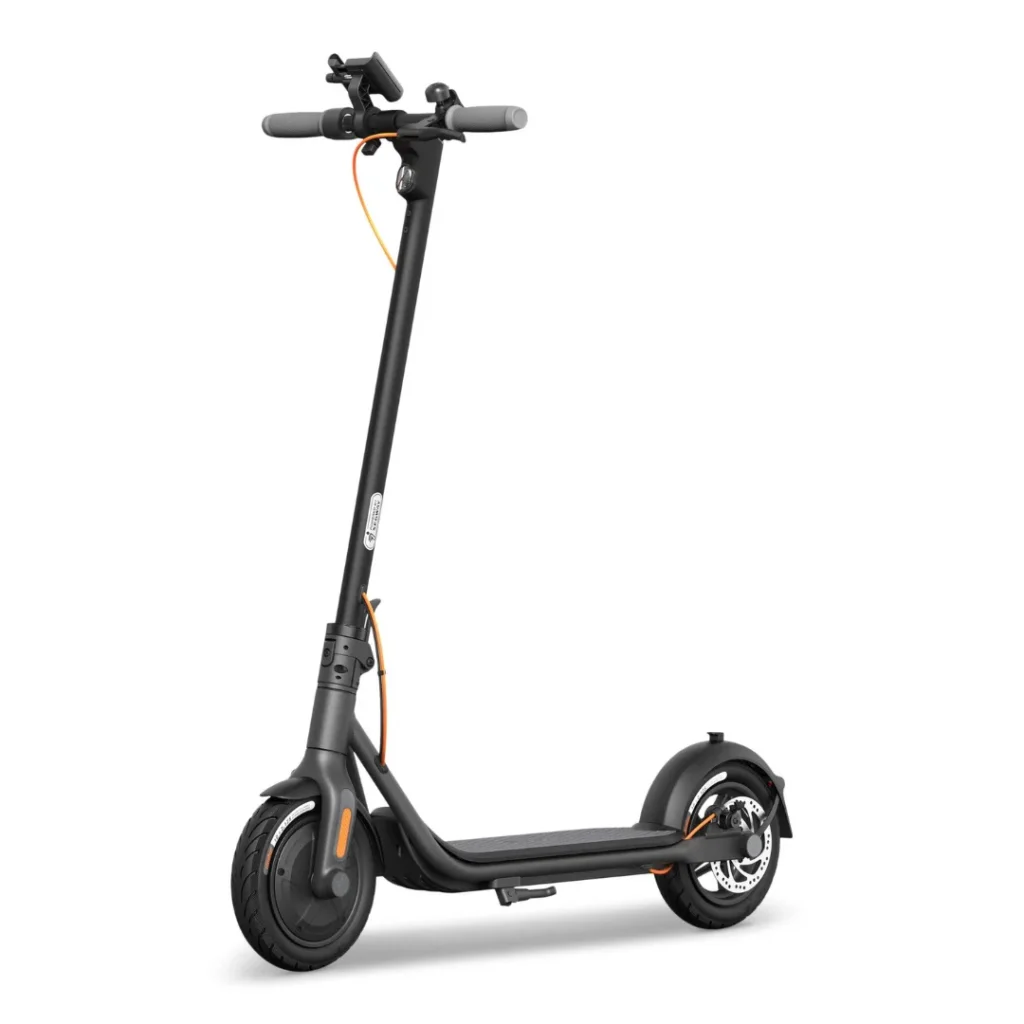
Price
Based on price range, scooters can be categorized into three sections:
Budget Scooters
Price range: Under $300
These scooters don’t offer extra features or even the minimum specifications required for daily use. Daily commuting or transportation with these scooters is not recommended. You should increase your budget if you want better efficiency and long-term use.
Commuter Scooters
Price range: $600–$1200
These are suitable for daily commuting. They have better braking systems and suspension, making them ideal for metropolitan surfaces.
High-End Scooters
Price: Above $1200
These are high-performance scooters with advanced technology. They have the highest speeds and longest ranges. They are durable enough to handle rough terrains or hilly roads and are perfect for long-distance travel.

Safety Features
Wheels and Tires
Good quality wheels are essential for a smooth ride. There are mainly three sizes used in electric scooters:
- 8-inch wheels – Suitable for city areas with smooth roads.
- 10-inch wheels – Better for handling bumps, broken roads, and light challenges.
- 12-inch wheels – Built for highly challenging terrains, including forest paths. These offer strength and durability.
Electric scooters can have airless (solid) or air-filled tires. Air-filled tires provide smoother rides over uneven surfaces but require more maintenance. Solid tires are more durable and better for longer distances.
Tire choice also depends on whether the scooter has suspension. If it doesn’t, air-filled tires are recommended for better cushioning.
Choose wheels and tires based on how you plan to use the scooter and the type of scooter you purchase.
Suspension
There are mainly three types of suspension systems used in electric scooters: spring, rubber, and hydraulic. Look for a model that combines spring and hydraulic systems for better suspension performance.
Brakes
Electric scooter brakes are mainly divided into two categories: mechanical and electronic. The types include disc brakes, drum brakes, foot brakes, regenerative brakes, and electronic brakes. A combination of mechanical and electronic brakes—especially disc + regenerative—is recommended for the safest and smoothest stopping experience.
IP Rating
IP ratings on electric scooters indicate their resistance to dust and water. The first digit shows dust resistance (0–6), and the second shows water protection (0–8). Go for a minimum of IPX54 to ensure basic protection from dust and water splashes in city environments.
IP Rating | Riding Conditions |
None | No water resistance |
IPX4 | Damp ground, mist, light rain |
IPX5 | Light constant rain and puddles |
IP34 | Occasional dusty roads, light showers |
IP54 | Light off-road use, mist, and rain |
IP55 | Light off-road, consistent rain |
IP65 | All-terrain, puddles, light rain |
IP67 | All-terrain, heavy rain, some immersion |
Other Safety Measures
Other safety features such as front lighting and nighttime visibility are important. Look for models with turn indicators, reflectors, and horns—especially for riding in city areas.
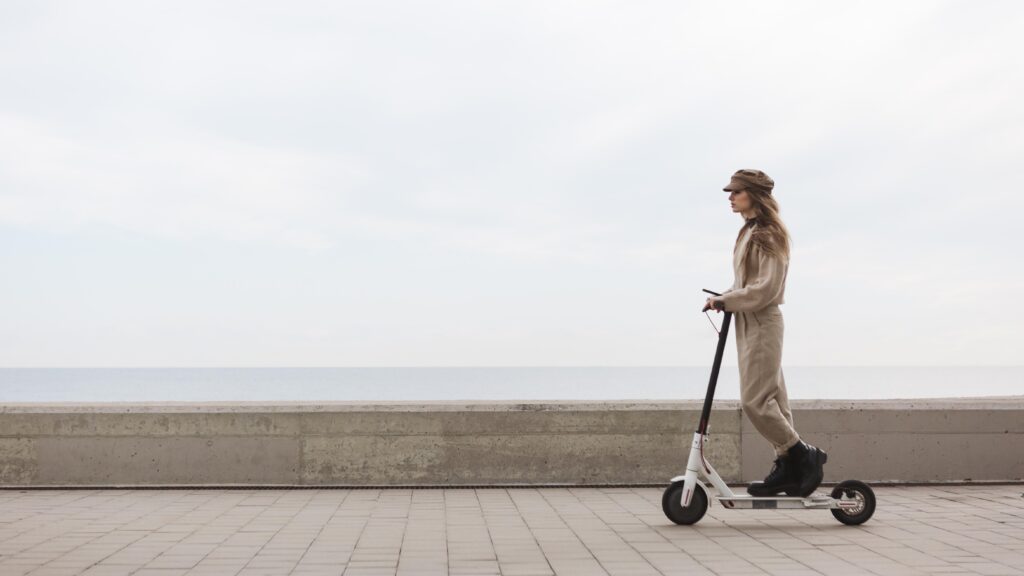
Range
Range refers to how far you can travel on a single charge. The required range depends on your intended use. For daily commuting, a range of 15–20 km is usually enough. For longer distances, a higher-range scooter is needed.
If your desired model is out of budget, consider a scooter that supports additional batteries, which can increase the range by up to four times.
Keep in mind that the real range depends on factors like road conditions, rider weight, and battery efficiency. Companies sometimes overstate the range in advertisements, so actual performance may vary.
Speed
Scooters usually run at speeds between 15–25 mph. The speed you need depends on your purpose. For simple daily commutes, you don’t need a very fast scooter. However, uphill rides require more speed.
New regulations require scooters to adhere to a 20 km/h speed limit. On pavements, the maximum speed must not exceed 6 km/h—similar to walking pace. Violating these regulations can lead to fines.
Motor Power
Motor power is measured in watts and is a key factor in scooter performance. Most electric scooters have brushless DC motors and can have single or dual motors. Dual-motor designs offer faster and more powerful performance.
Here are the common motor ratings:
- 250 watts – Minimum required; good for flat roads and light daily use.
- 500 watts – Standard for city and suburban areas; handles inclines and average loads.
- 1000 watts or more – Best for rough terrain, steep hills, and heavy loads.

Weight and Carrying Capacity
The rider’s weight is important when choosing a scooter. Most scooters support up to 270 lbs. Carrying more than that may reduce performance. If needed, choose a model with a higher weight limit.
The weight of the scooter itself also matters. A lightweight scooter is easier to carry, especially when using public transport or going upstairs. Average scooters weigh around 25 lbs, and high-performance ones weigh about 30 lbs.
Choose a lightweight scooter if portability is important, or a heavier one if you want better performance.
Final Tips
These were the main technical and safety points you should consider before selecting a scooter. Some bonus tips:
- Test ride the scooter before buying to ensure comfort and suitability.
- Buy from authorized sellers to avoid fake or low-quality models.
- Make sure replacement parts are available in your region. This will help with repairs and reduce inconvenience in the long run.
The world is heavily polluted by traditional vehicles and fuel-based systems. Small choices—like switching to an electric scooter—can create a positive environmental impact. Your decision to adopt an electric scooter helps reduce carbon emissions and contributes to sustainability. This guide will now help direct you to the perfect electric scooter that suits your needs and lets you make an eco-friendly impact.

